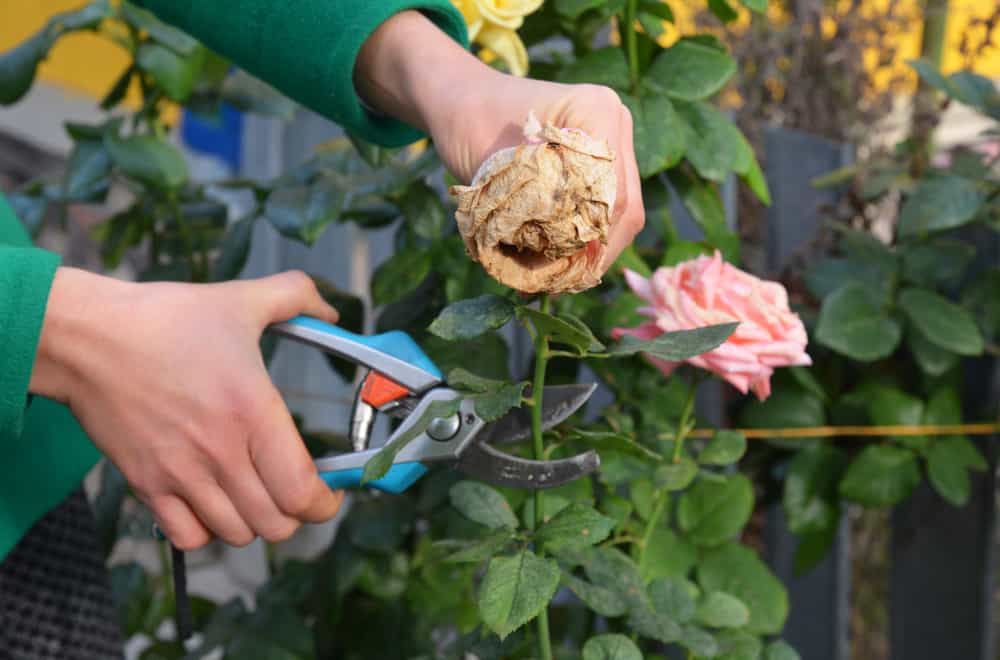Few gardening tasks are as satisfying as deadheading. Not only does this simple task tidy up your garden, but it can also encourage more blooms and even prolong the life of your plants.
In this blog post, we’ll explain everything you need to know about deadheading, including how to do it and what tools you’ll need. We’ll also share some of our best tips for getting beautiful results.

What is Deadheading?
Deadheading is the process of removing spent blooms from your flowers. Once a flower has been pollinated, it will start to wilt and die back. By cutting away these dead blooms, you’re encouraging the plant to produce new ones.
Not only does this keep your garden looking neat and tidy, but it can also promote more flowers. In some cases, deadheading can even prolong the life of your plants.
Tools of the Trade
When it comes to deadheading, there are a few different tools that you can use. Garden shears are ideal for larger plants, while trimming scissors work well for smaller flowers. If you’re working with a particularly delicate plant, you may want to use a sharp knife or razor blade.

No matter what type of tool you use, be sure to sterilize it before getting started. This will help prevent the spread of disease from one plant to another.
Our Top Tips for Deadheading Flowers
Now that you know a bit more about deadheading, let’s take a look at some of our best tips for getting beautiful results:
• Start by examining your plants and looking for any dead or dying blooms. Once you’ve found them, carefully snip them away at the base of the flower using sterilized garden shears or trimming scissors.
• If any leaves or stems seem unhealthy, be sure to remove them as well. Unhealthy leaves or stems can lead to diseases that could spread to other plants in your garden.
• After deadheading, give your plants a light watering. This will help them recover from the stress of having their blooms removed and encourage new growth.
• Try to deadhead your flowers on a regular basis. This will help keep your garden looking its best and encourage continuous blooming throughout the season.
Conclusion
Deadheading may seem like a tedious task, but it’s actually essential for keeping your garden looking its best. Not only does deadheading tidy up your plants, but it can also encourage more blooms and even prolong the life of your flowers.
